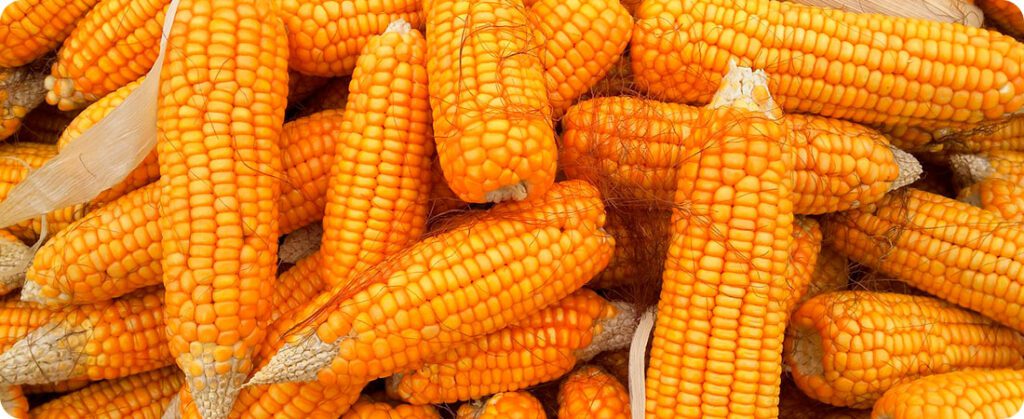
U.S. farmers can prioritize corn in 2025, driven by more favorable prices and changes in the bean-corn ratio. The futures of soy November 2025 have recently hit contract lows, while corn is also close to those levels but has relatively better prospects.
Planting projections for 2025
On Tuesday, soybean futures closed at $$ 9.88-3/4 a bushel, while corn closed at $$ 4.38-1/2. That resulted in a bean-to-corn price ratio of 2.25, the lowest for mid-December since 2015.
The bean-to-corn ratio is a relevant indicator for determining the potential profitability of planting one crop in relation to the other. When this ratio is below 2.3, corn becomes more attractive, while values closer to 2.5 favor soybeans. In December, the ratio is usually slightly below 2.4, which reinforces the current scenario in favor of corn.
Corn vs. Soybean Prices: The Impact
Planting decisions in the U.S. are often made in the fall, but price fluctuations through February can still influence plans. If corn prices remain competitive through early 2025, a significant increase in corn acreage is likely.
A striking example occurred in 2015, when the ratio favored corn through March of the following year. During that period, farmers planted 94 million acres of corn, an increase of nearly 7% over the previous year.
However, high production costs and low prices limited corn planting in 2024. For 2025, there is room for expansion, but this will depend on a reduction in operating costs.
Planting history and recent trends
Historically, a large increase in corn area usually results in a reduction in soybean area, and vice versa. However, 2016 was an exception: corn saw a significant increase, but soybean also reached a record, benefiting from the reduction in wheat area.
The global market is currently posing additional challenges for soybeans. Import demand from China, which has historically driven the market, has stagnated in recent years. Meanwhile, Brazil, the largest soybean exporter, has increased its production by 75% over the past decade, compared with growth of less than 40% in Chinese imports.
Brazil's role in the global soybean scenario
The Brazilian soybean crop, which is expected to be harvested soon, could reach record levels. If this is confirmed, soybean prices could remain low, discouraging planting in the US. On the other hand, this situation would favor corn, which could gain even more ground in 2025.
With a brighter market outlook for corn and a waning enthusiasm for soybeans, U.S. farmers may be more inclined to invest in corn next year.
Source: Karen Braun | Notícias Agrícolas














